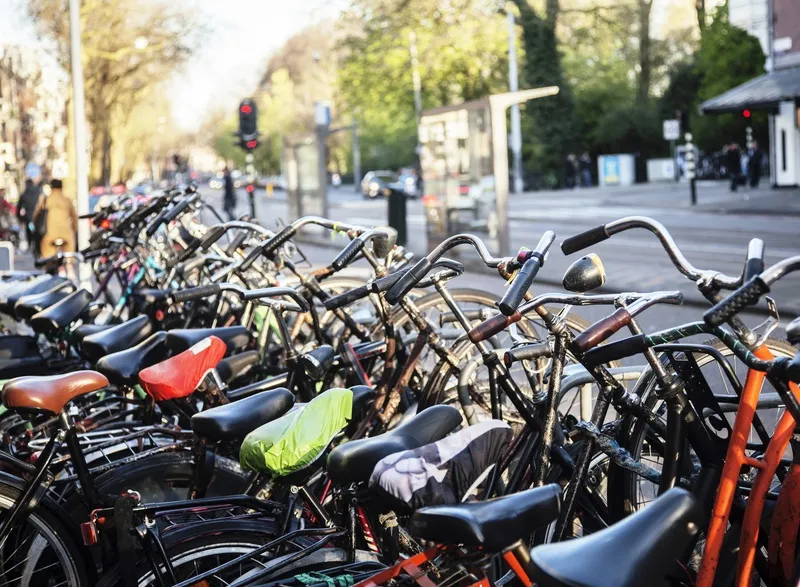
Authorities in Dublin have released plans for reducing traffic - with one of its main points being a ban on cars travelling through the city centre area "while still balancing the necessary access for deliveries".
Dublin City Council, in partnership with the National Transport Authority, developed the draft Dublin City Centre Transport Plan 2023, and envisages a city centre "not dominated by traffic".
This could open up new opportunities in the Irish capital, with a greater emphasis on "fast and reliable" public transport "while acknowledging that the economic life of the city needs to be protected during and after these changes".
The preamble to the plans explain: "The overall transport vision in this plan is for a low traffic city centre with public transport, walking and cycling being prioritised. It draws lessons from the response to the Covid pandemic whereby low traffic volumes allowed very ambitious changes to be undertaken in areas such as Capel Street, Nassau Street and along the North and South Quays."
It continues: "The traffic management changes envisaged as part of this plan aim to significantly reduce volumes of car traffic in the city centre, opening up space for the sustainable modes, and significantly improving the public realm by allowing greening and the development of new public spaces for residents, workers and visitors to the city centre."
Among a series of changes are that private vehicle traffic along the North and South Quays will be removed, leaving the space for buses, taxis, cyclists and pedestrians only.
There will be significant changes to priorities in other areas of Dublin. For instance, only public transport and cyclists will be allowed to turn left from Westland Row onto Pearse Street. A new right turn for general traffic will be introduced at this Junction and the section of Pearse Street from Westland Row to Sandwith Street will be made two-way.
The changes are part of the Dublin City Development Plan 2022 -2028 which includes a 40% reduction in general traffic and significant increases in walking, cycling and public transport.










